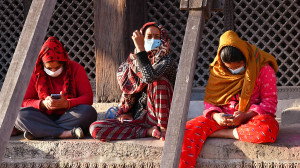Koshi Province
Landslide-ravaged Ilam settlements in dire straits as relief efforts lag
Landslides and floods over the weekend killed 39 and displaced 276 families in the eastern Nepal district.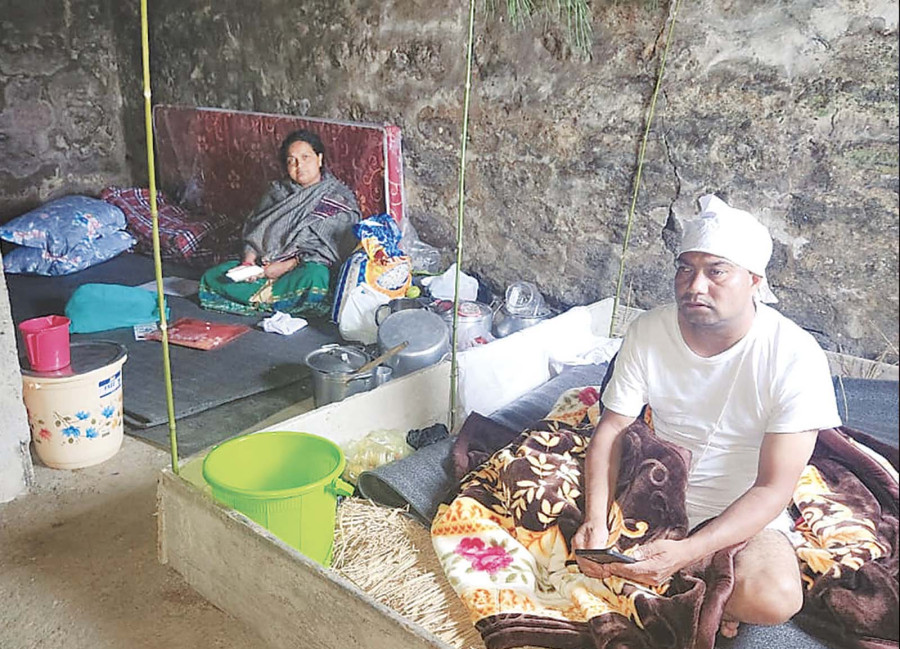
Parbat Portel
Raju Chhetri’s house in Manebhanjyang in ward 1 of Suryodaya Municipality in Ilam was filled with laughter and warmth during the Dashain. Guests had arrived, Raju was preparing for a trip to Sandakpur, and joy filled the air. But within hours, the festive cheer turned into an unthinkable tragedy.
“Everything disappeared in a blink,” said Raju, his eyes swollen with grief. “The house, my mother, my little daughter—everything was gone with the landslide.”
On Saturday night, due to incessant rainfall, a massive landslide swept through the settlement. Raju’s 55-year-old mother Manamaya Chhetri and 10-year-old daughter Rasmika were buried beneath the debris. His relatives—Dip Basnet, his wife Bhawani, and daughter Deepa—who had come from Dolakha to celebrate Dashain, also perished in the disaster.
Raju’s wife Meera and five-year-old daughter Reshika were in another room that night—a coincidence that saved their lives. Five bodies were cremated together the next day. With his house buried and uninhabitable, Raju now performs his mother and daughter’s mourning rituals at a community building near the Area Police Office. “There’s no home left,” he said quietly. “Only a mountain of memories.”
Village cut off
Manebhanjyang, located along the Nepal–India border near Darjeeling, is now like an isolated place. “All roads to the settlement have been swept away,” said Sub-Inspector Surendra Dotel of the Armed Police Force’s Manebhanjyang Border Outpost. “The only route available now is through India’s Sukepokhari. Nepal’s side is completely cut off.”
Local people say that neither the local, provincial, nor federal government has yet reached the area. “We are waiting for help that never comes,” a villager said.
Grief in Ghos and nearby settlements
In Ghos settlement in ward 6 of Ilam Municipality, a landslide buried the house belonging to Dambar Bahadur Tamang, killing five members of his family. Anu Tamamg from Jhapa came to her maternal home to receive Dashain blessings. She and her three-year-old son Abhas Danuwar, along with Pravin Tamang, Sameer Rai, and Biraj Tamang were killed in the disaster.
“We completed the three-day mourning rituals at a relative’s house,” said Prakash Tamang, a relative. “We are now cleaning the collapsed site to perform the remaining rites at the house itself.”
While a few relief groups such as Kathmandu’s Indreni Group provided Rs10,000 per victim, the families say they have received no support from the government.
Ilam in a state of semi-blockade
The continuous rain and landslides have not only destroyed homes and farmland but also crippled daily life in Ilam. Major highways and alternate routes have been blocked, leaving the district in what locals describe as a “semi-blockade.”
“Not a single truck has arrived for five days,” said a shopkeeper in Ilam Bazar. “We’ve started running out of rice, salt, cooking oil, petrol, and gas.”
According to Chief District Officer (CDO) Sunita Nepal, both the Mechi Highway and the Kanchanjunga–Kechana and Nepaltar–Biblyate alternate roads are damaged. “Some remote villages are receiving relief by helicopter,” she said, “but it’s impossible to reach all the victims.”
While food grains are still available in the market, cooking gas cylinders are running out, and fuel scarcity has worsened. “Private vehicles are off the road, and even ambulances are struggling,” CDO Nepal added. “We’re working urgently to reopen roads and restore supply lines.”
Both residence and livelihood swept away
The disaster has hit the working poor the hardest. For many, it destroyed not only their homes but also their means of livelihood.
“My house and my job both washed away,” said Lakpa Sherpa, who used to make a living collecting and crushing river gravel along the Mai river. “Now I have nothing left. I don’t know how I’ll feed my family.”
Daily wage workers in Rajduwali, Mangsebung, Sandakpur, Maijogmai among other settlements have become jobless and homeless overnight. Their most common question: “Where do we sleep tonight, and what do we eat tomorrow?”
276 families displaced, 39 dead
According to the District Administration Office in Ilam, landslides and floods have displaced 276 families and caused 39 deaths so far—37 from landslides and two from floods.
“Altogether 132 houses were completely destroyed, and 401 suffered partial damage,” said Assistant CDO Bholanath Guragain. “These are preliminary figures collected over phone reports. A detailed assessment will take a few more days.”
The disaster also damaged roads, bridges, schools, and drinking water systems, with losses estimated in the hundreds of millions of rupees. Security forces—police, Armed Police, and the Nepali Army—are continuing rescue and relief operations. Many displaced families have taken shelter in schools, public buildings, and relatives’ homes, while local governments are distributing tarpaulins and food supplies.
Provincial government intensifies relief
The Koshi province government has intensified its delivery of relief to the needy victims. On Tuesday, it sent emergency supplies by helicopter and, by Wednesday, more than three truckloads of goods to Maijogmai, Mai, and Ilam municipalities.
“All available relief materials have been dispatched immediately to affected areas,” said Rewati Raman Bhandari, the provincial minister for Internal Affairs and Law.
Chief Minister Hikmat Kumar Karki said that the provincial cabinet has been holding continuous meetings to coordinate rescue and relief work. “Each family of the deceased will receive Rs100,000 in financial support,” Karki announced.
The government has also decided to rebuild all destroyed homes in Ilam, Jhapa, and Morang as per a resolution passed by the Provincial Disaster Management Council chaired by Karki. The meeting further decided to recommend declaring seven municipalities in Ilam as crisis-hit areas to the federal government.




 7.12°C Kathmandu
7.12°C Kathmandu


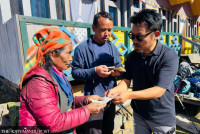


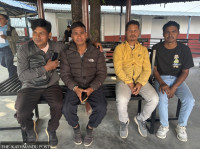
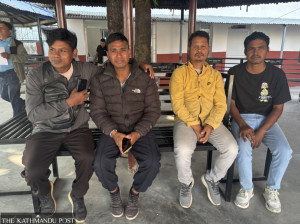


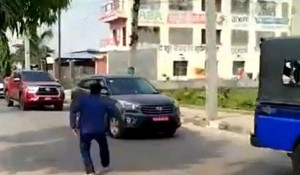


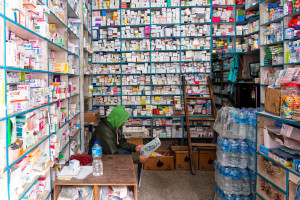
%20(1).jpg&w=300&height=200)

